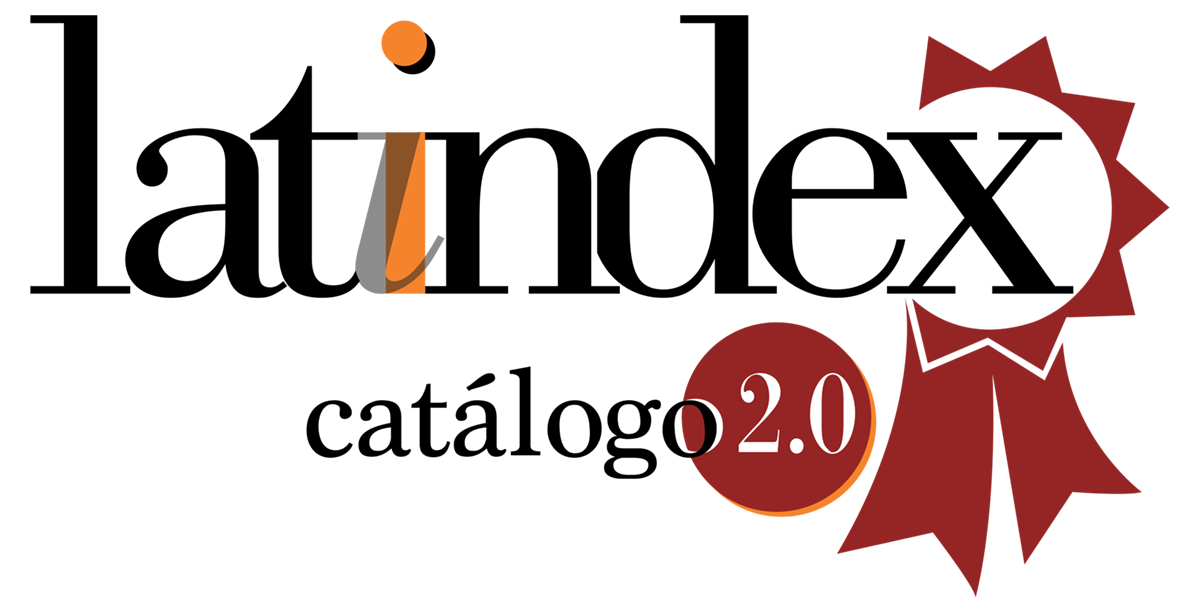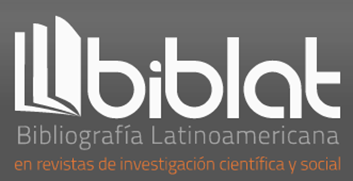Effect of foliar application of stevia extracts and microorganisms on the yield of watermelon var. Crimson Sweet
DOI:
https://doi.org/10.57201/IEUNA2313206Keywords:
Citrullus lanatus , Lactobacillus , Saccharomyces , Stevia rebaudiana, Streptomyces scabiesAbstract
An experiment was conducted in Itacurubi de la Cordillera, Paraguay, from July 2021 to January 2022. The study aimed to examine the impact of applying a foliar extract of stevia (Stevia rebaudiana Bertoni) and a biostimulant containing Lactobacillus sp. and Saccharomyces sp. at a concentration of 4.05x108 CFU.mL-1, as well as Streptomyces scabies at a concentration of 3.1x109 CFU.mL-1, mixed with water and honey, on the yield of watermelon cv. Crimson Sweet. A control group was also included for comparison. The experimental design followed a completely randomized block design with four replications. The first application of the treatments occurred when the seedlings had 8 fully developed leaves in the seedbed. Subsequently, applications were made every 8 days, totaling 10 applications. The evaluation included measuring the average weight of the fruits, the number of fruits per plant, and the overall yield. The data underwent analysis of variance, and when significant differences were found between treatment means, a Tukey mean comparison test was applied with a 5% probability of error. Using stevia extract, 1.9 fruits per plant were obtained with an average weight of 10 kg and a yield of 9119 kg.ha-1, whereas the commercial biostimulant resulted in 1.6 fruits per plant with an average weight of 8.3 kg and a yield of 7325 kg.ha-1. The control group yielded 0.9 fruits per plant weighing 4.6 kg, with a total yield of 4044 kg.ha-1. Stevia extract demonstrates higher productivity in watermelon cultivation. The study suggests conducting further research to assess higher doses of the extracts and consider variables related to phytosanitary conditions and postharvest quality.
Downloads
References
Acuña-Gamarra, E. M. & Graboswski-Ocampos, C. (2012). Inducción de resistencia en plantas de trigo (Triticum aestivum L.) a la mancha amarilla (Drechslera tritici-repentis) y marrón (Bipolaris sorokiniana). Investigación Agraria, 14(2), 71-79. https://www.agr.una.py/revista/index.php/ria/article/view/254.
Álvarez-Morinigo, F. T. & Grabowski-Ocampos, C. (2013). Inducción de resistencia en plantas de sésamo (Sesamum indicum L.) a la mancha bacteriana (Xanthomonas campestris pv. sesami). Investigación Agraria, 15(2), 97–105. https://www.agr.una.py/revista/index.php/ria/article/view/233.
Armadans-Rojas, A. J. & Benítez Marín, D. (2016). Influencia del raleo del fruto sobre el tamaño y rendimiento de la sandía (Citrullus lanatus (Thunb) Matsum & Nakai). Horticultura Argentina, 35(87), 41-48. https://www.horticulturaar.com.ar/es/articulos/influencia-del-raleo-del-fruto-sobre-el-tamano-y-rendimiento-de-la-sandia-citrullus-lanatus-thunb-matsum-nakai.html
Afanador-Barajas, L. N. (2017). Biofertilizantes: conceptos, beneficios y su aplicación en Colombia. Ingeciencia, 2(1), 65-76. https://editorial.ucentral.edu.co/ojs_uc/index.php/Ingeciencia/article/view/2353.
Brown, P. & Saa, S. (2015). Biostimulants in agriculture. Frontiers in plant science, 6, 671. https://doi.org/10.3389/fpls.2015.00671
Gemin, L. G., Datsch, R., Mógor, Á. F., & Mógor, G. (2018). Biofertilizer effect of yeast fermented broth on organic tomato seedlings. Revista de ciências agrárias, 41(2), 424-431. https://revistas.rcaap.pt/rca/article/view/16698.
Gibert, P.M. (2016). Cultivo de la sandía. ABC Rural.
Gopalakrishnan, S., Srinivas, V., Alekhya, G., Prakash, B., Kudapa, H., Rathore, A. & Varshney, R. K. (2015). The extent of grain yield and plant growth enhancement by plant growth-promoting broad-spectrum Streptomyces sp. in chickpea. SpringerPlus, 4, 1-10. https://doi.org/10.1186/s40064-015-0811-3.
Lesme-Brun, A. J., Soilán-Duarte, L. C. & Grabowski-Ocampos, C. J. (2017). Extracto de Ka’a He’ẽ [Stevia rebaudiana (Bertoni) Bertoni] en el control de la Septoriosis y mancha bacteriana del tomate (Solanum lycopersicum L.). Investigación Agraria, 19(2), 101–111. doi:10.18004/investig.agrar.2017.diciembre.
Morel-López, E., Pistilli, R. E., Barrios Valiente, E., Caballero Casuriaga, O., Servin, A., Dasilva, M. O., Lugo, W. & Huerta, Á. (2021). Eficacia de biofertilizantes en la producción de variedades de fréjol. Idesia (Arica), 39(3), 13-19. doi:10.4067/S0718-34292021000300013.
Rouphael, Y. & Colla, G. (2020). Biostimulants in agriculture. Frontiers in plant science, 11, 40. doi:10.3389/fpls.2020.00040
Silez, H. & Clementelli, A. (2010). Respuesta del cultivo de tomate (Lycopersicum sculentum) a la aplicación del extracto de stevia en la zona norte de Santa Cruz (SANTA ROSA DEL SARA, 2009). Universidad, Ciencia y Sociedad, 1, 23.
Published
How to Cite
Issue
Section
License
Copyright (c) 2023 Andrés José Armadans Rojas, Guillermo Enciso-Maldonado, Miguel Rojas-Barrios, Monserrat Pedrozo

This work is licensed under a Creative Commons Attribution 4.0 International License.

















